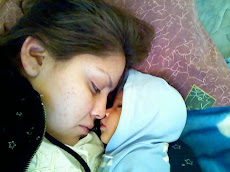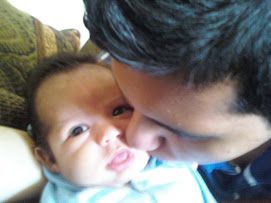skip to main |
skip to sidebar

- Egyptian mothers giving birth were helped by nurses and midwives.
- Nurses or midwives were usually members of the mothers family.
- midwives:a person who assists at childbirth
- Women gave birth in a place made of poles and branches, roofed w/ reed matting.
- This place was built on the roof of their own house, courtyard, or garden.
- The mother and the baby stayed there for fourteen days after birth.
- The fourteen days allowed the mother to give the baby full attention, kept the mother from housework, and helped to cut the risk of getting an infection.
- Childbirth was risky.
- Having babies too soon increased the chances of either the baby or the mother would die.
- Repeated childbirth increased the dander of later births.
- Babies that died at birth or after birth were thrown to the crocodiles or left at the edge of the desert for hyenas to eat.
- Older babies were buried under the house wrapped in linen or palm leaves.
- Babies were rarely mummified in the same way as older children and adults.
- mummified:preserved for a dead body
- Women prayed to the goddess Taweret who brought babies to the childless.
- Giving birth in ancient egypt was different from today. mow days we give birth in hospitals, and back then you would give birth in your rooftop. Women are still helped by nurses or midwives though. Babies that died after birth were thrown to the crocodiles and now we bury babies instead. Being born was very different back then.
Old Stone Age:
- people used stones for knives
- stones for axes
- spear points
- bones used for needles and fish hooks
New Stone Age:
- set up villiages/small communities
- learned to work w/metals:weapons, tools, jewelery
- invention of wheels
- creation of calenders
- war
- Religions
- Governments






